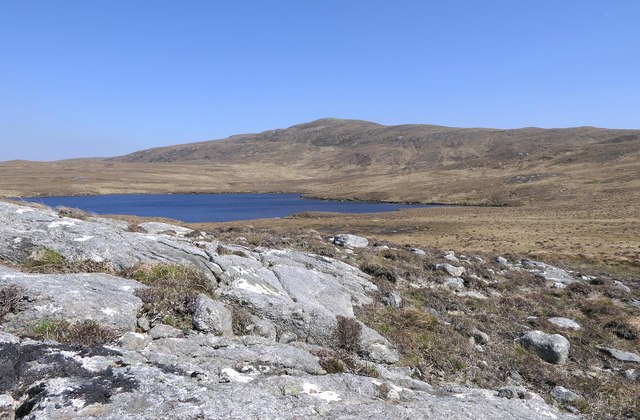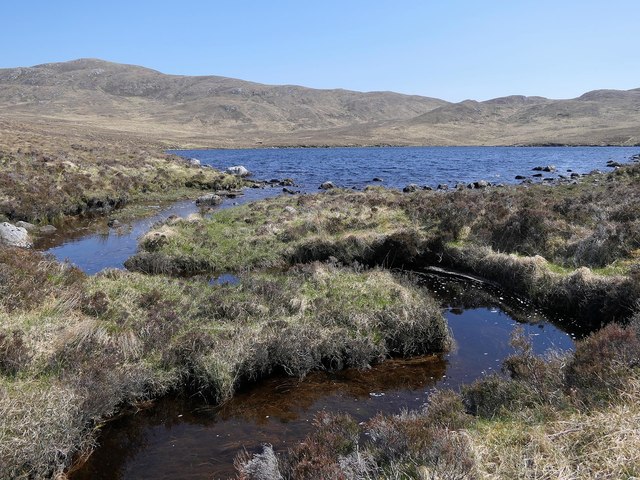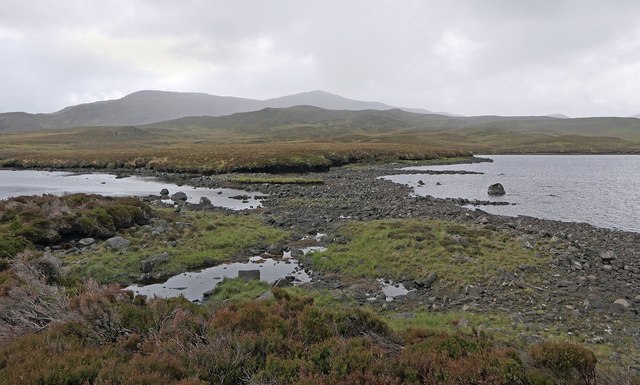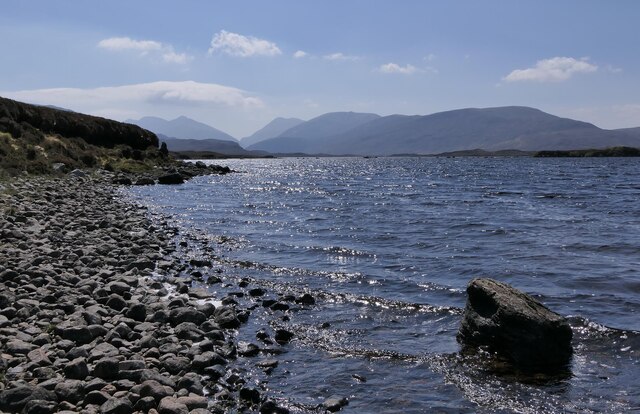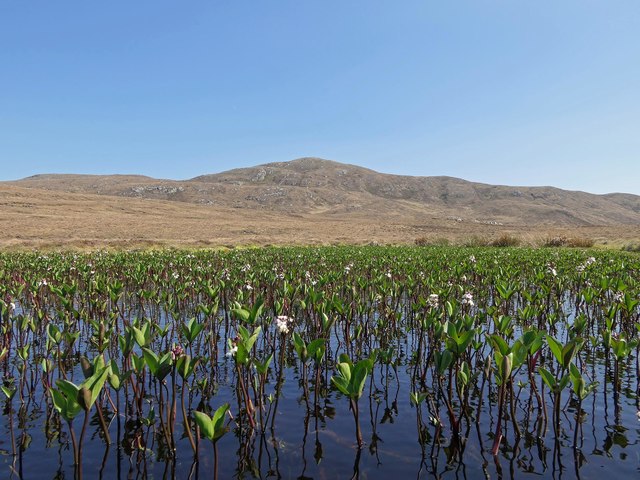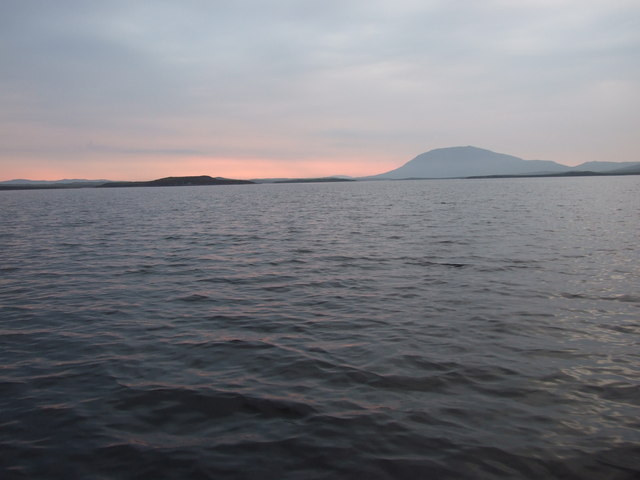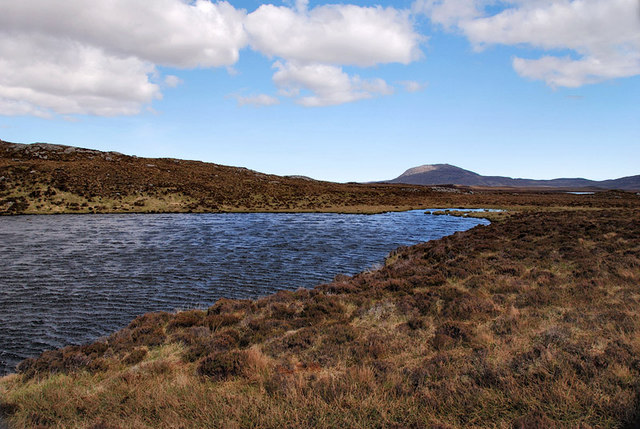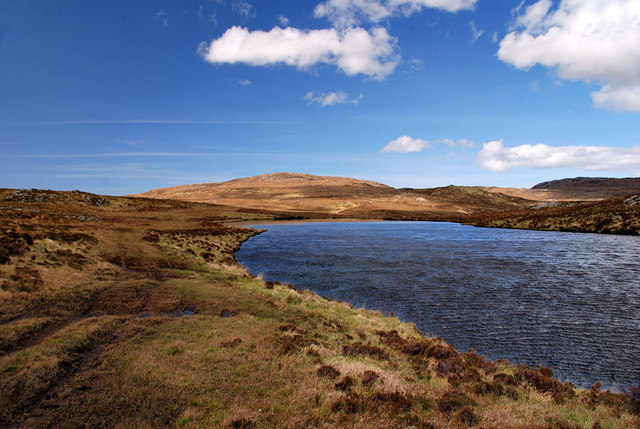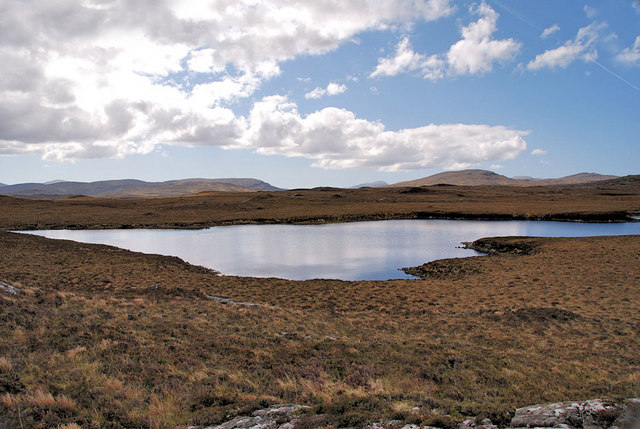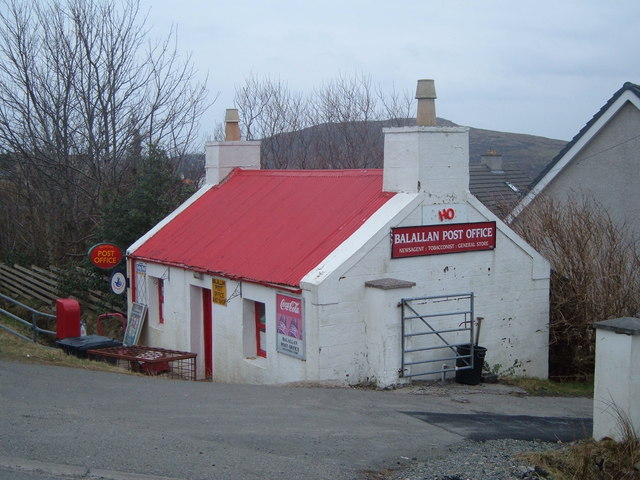Eilean Mhic Mhurchaidh Mhic Aunghais
Island in Ross-shire
Scotland
Eilean Mhic Mhurchaidh Mhic Aunghais
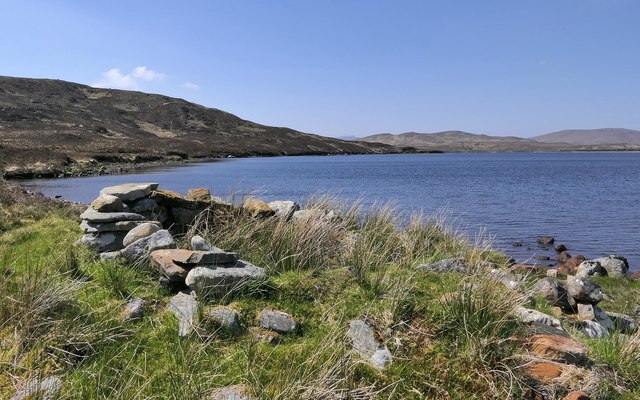
Eilean Mhic Mhurchaidh Mhic Aunghais is a small island located in Ross-shire, Scotland. It lies in the Inner Sound, between the Isle of Skye and the mainland. The island measures approximately 1.5 acres in size and is privately owned.
The island is known for its stunning natural beauty and picturesque surroundings. It is covered in lush green vegetation, with a variety of wildflowers and native plants. The coastline is rugged and rocky, with small sandy beaches scattered along its shores.
Eilean Mhic Mhurchaidh Mhic Aunghais has a rich history and is home to the ruins of an ancient chapel. The chapel dates back to the 12th century and was believed to have been a place of worship for the local community. The ruins still stand today, providing visitors with a glimpse into the island's past.
The island is also a popular spot for birdwatching enthusiasts, as it is home to a variety of bird species. Seabirds such as gulls, puffins, and cormorants can be spotted nesting on the cliffs, while birds of prey like eagles and falcons can often be seen soaring above the island.
Access to Eilean Mhic Mhurchaidh Mhic Aunghais is limited, as it is privately owned. However, visitors can enjoy the island's beauty from afar by taking a boat trip around the Inner Sound or viewing it from the nearby coast.
If you have any feedback on the listing, please let us know in the comments section below.
Eilean Mhic Mhurchaidh Mhic Aunghais Images
Images are sourced within 2km of 58.084468/-6.7686379 or Grid Reference NB1920. Thanks to Geograph Open Source API. All images are credited.

Eilean Mhic Mhurchaidh Mhic Aunghais is located at Grid Ref: NB1920 (Lat: 58.084468, Lng: -6.7686379)
Unitary Authority: Na h-Eileanan an Iar
Police Authority: Highlands and Islands
What 3 Words
///lure.warmers.instilled. Near Leurbost, Na h-Eileanan Siar
Nearby Locations
Related Wikis
Eilean Mòr, Loch Langavat
Eilean Mòr is an island in Loch Langavat on the Isle of Lewis in the Outer Hebrides of Scotland. == Footnotes ==
Airidh a' Bhruaich
Airidh a' Bhruaich (Arivruaich - anglicised) is a scattered crofting township in the South Lochs district of the Isle of Lewis in the Outer Hebrides of...
Gisla Hydro-Electric Scheme
Gisla Hydro-Electric Scheme was a small scheme promoted by the North of Scotland Hydro-Electric Board on the Isle of Lewis, Outer Hebrides, Scotland. It...
Balallan
Balallan (Scottish Gaelic: Baile Ailein, Bail' Ailein), meaning "Allan's Town", is a crofting township on the Isle of Lewis, in the Outer Hebrides, Scotland...
Have you been to Eilean Mhic Mhurchaidh Mhic Aunghais?
Leave your review of Eilean Mhic Mhurchaidh Mhic Aunghais below (or comments, questions and feedback).
